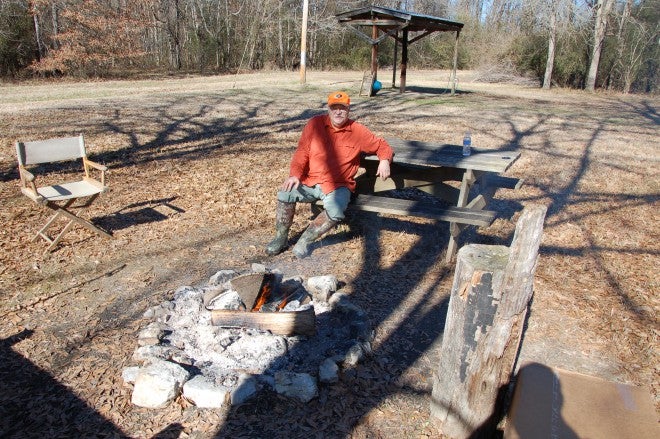Build a Bug Out Fire Ring
Dr. John Woods 03.14.16

Burn bans are very common these days. Where I reside, there are 8 counties that have been on a total ban for months. We have had the least amount of rain here since 1924. Grass fires are almost a weekly occurrence, and several larger sections of timber have burned.
Ditto these conditions in other states all over the country, especially out west and the southwest. Open fires are either banned outright or highly frowned upon. The irony of this is the fact that with fall coming on, including the widespread opening of hunting seasons, there are going to be more campfires one way or the other. This means having fires in the right way with safety paramount.
So, a campfire under dry conditions has to be more than just throwing some paper and sticks on the ground and setting a blaze. Whether you are just going camping out in the wilderness somewhere or gathering around a deer camp, before you build a fire, build a good fire pit or ring.
Begin the process by selecting a good spot out in the open and away from any other potential flammable materials. Be careful about what is overheard and around the fire base. Sparks and pops of burning twigs can escape a campfire and set grass, leaves, or other materials on fire often later after the sparks smolder for a while.
Take a steel rake and scratch out a sizeable spot to clear it of all vegetation and debris. Next, dig a hole 2-3 feet in circumference and deep enough to have a hole in the ground with sides for embers to burn below the surface of the surrounding ground. Then “ring” the outer edges of the fire pit with large rocks, stones, or bricks. This wall of material should be another foot or so above the hole as an added protection.
Select the wood to burn in sizes that will fit down into the hole. Avoid long limbs or logs that stick out up over the rock wall around the fire. Control the size of the fire and use common sense about wind conditions. It is always a good idea to have several buckets of water nearby in case the fire gets out of control. When you finish with the fire, douse it completely with water, stir and douse again until it completely extinguished.